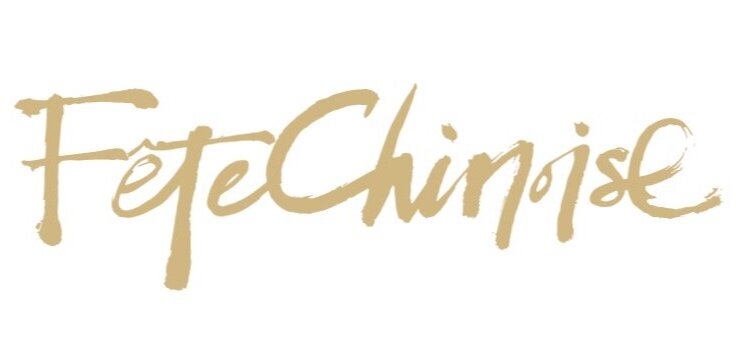Traditional Wedding Practices: Betrothal Gifts
By Andrew Lai
Weddings are an important milestone in life.
A classic poem entitled “Four Joys” discussed four important occasions. The night of one’s wedding and one’s passing of imperial examinations were included as two events, signifying the man’s bright future as became married and secured a job.
As such, this milestone could not be treated casually.
Chinese traditional weddings have a very cultured ceremonial order. Not only does it have the parents’ approval and the matchmaker’s word, but it also has to comply with the “three letters and six rites.”
The text’s authority on marriage carries a long history from the Western Zhou period. In the Western Zhou,s “Yili”, it records the six rites – nacai, wenming, naji, nazheng, qingqi, and qinying.
The “six rites” encompasses rituals from the engagement until the wedding day. Simply put, nacai is when the groom presents the engagement to the bride’s family. Wenming is when the bride’s family gives the daughter’s name and her details of birth to the groom’s family to confirm their compatibility according to the astrological calendar. Naji is similar to Western traditions of engagement. Nazheng is the presenting of engagement gifts. Qingqi is the day one chooses an auspicious day for the wedding. And qinying is the day of the wedding.
The three letters included one for engagement (pinshu); one given at the time of the betrothal gift delivery with information about all the items given (lishu); and one final letter which was given on the day of marriage (yingshu).
In premodern times, if one did not finish the rituals, the marriage would not be recognized as authentic. And if the rituals were not done completely, it would be perceived as inauspicious. Nowadays, most people won’t follow all the rules and many of the rituals have been simplified; besides the day of ceremonies, one of the main rituals that remain is the Nazheng – or the presentation of gifts also known as “guo da li.” The “na” referred to the gift, and “zheng” referred to completion, meaning the male family needed to give these gifts to bring the marriage to completion.
At this time, the groom’s family will invite two or four female relatives (who have a “full family” meaning a woman with a husband, children, parents, and parents-in-law) to meet with the matchmaker. He will bring ceremonial money and gifts to the bride’s home. After the ritual, the engagement is considered official.
There are many components to the gifts given. And every item has to be given in even number quantities to signify pairing or coupling like the bride and groom. Cakes can be separated into four, six, eight for example. Besides Western cakes, there are also Chinese cakes. For example, coconuts are common as the characters are homonymic to “grandfather” and “children” in Chinese, considered auspicious. Aside from tea, and other items, there are wines and fruits, given as well. All these gifts are presented in five Chinese traditional boxes and another one with the ceremonial money – to make a total of six.
The nazheng ritual usually occurs one or two months before the wedding day. After the gifts from the groom’s family arrive, the matchmaker will open the box and describe the gifts with lucky phrases and idioms to the bride’s family.
When the bride’s family receives the gifts, they do not keep them all. Some are returned to the male’s side. These include tea, lotus, pomegranate, cypress, taro, and ginger - these items have metaphorical meanings. Other items given to the groom include long pants, belts, wallets, pairs of socks, and pairs of shoes, which are considered auspicious. Many of the items are homonymic for positive and idealistic concepts such as longevity or enduring marriages. After this returning of gifts is complete, everyone shares good wishes and the ceremony is completed.
Wishing all newlyweds here, a happy marriage for years to come.

